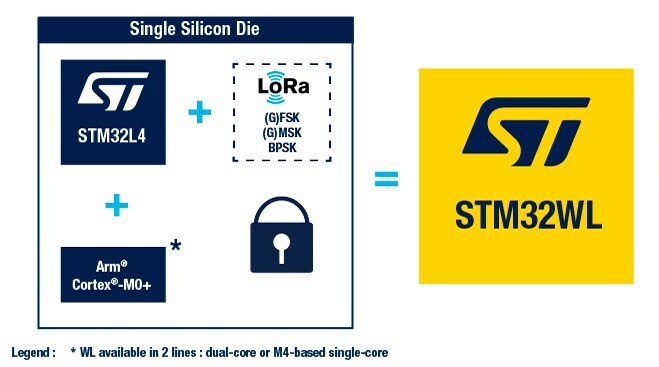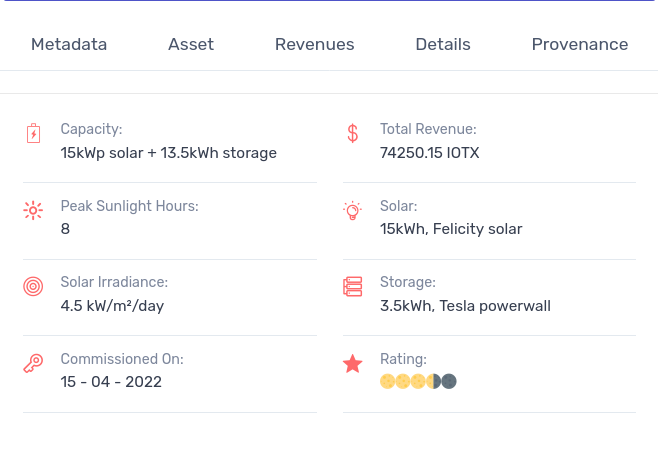showcasecompleted
Switch Electric Web3 on IoTeX
This is where I would be documenting our journey build our startup on web3, powered by IoTeX

What's it all about?
Imagine a world where an energy sharing network capable of bringing about increased efficiency and affordable energy is available to every household. That’s the goal of Switch, which has been building on IoTeX to create a smart meter that could revolutionize the traditional energy industry. The Switch team has already developed and tested the first generation of its smart meter, and has started working on the second generation as well. The second generation will introduce the use of IoTeX W3bstream nodes to generate event proofs and collect data. The use of this technology will allow users to have full control over their electricity consumption data and privacy, as well as allowing them to set up price caps that block any unauthorized access.
The company is also working on an asset-backed NFT that would allow for the tokenization of solar energy assets, and decentralized ownership of energy. These NFTs would be able to generate revenue from the generation of solar power, which is automatically passed on to token holders.
The Meters

The new smart meters, which use the STM32 microcontroller, are equipped with cryptographic functionality that will allow them to interact seamlessly with IoTeX's MachineFi ecosystem. It makes use of Ed25519 elliptic curve cryptography to produce digital signatures—this signature scheme is preferred because of its small key size, small signature size, faster computation than other forms of encryption such as RSA. The public/private key pair are stored on a tamper-resistant chip and cannot be accessed externally without destroying it.
In summary these smart meters are able to bridge the gap between real-world energy assets and decentralized web applications.
The Asset
The technology and business models we provide have several layers of value creation. At the bottom of the stack is the energy produced by the solar panels. This energy is aggregated into a bank of batteries, then paired with an inverter system which converts the DC power generated from the solar panels into AC power consumed by our customers.

Each asset is identified with a unique ID tag that makes it identifiable as NFT product. These assets are capable of generating revenues via the sale of its electricity to an off-taker, typically a commercial or Industrial customer. The utility model covers up to 25 years of green energy generation and benefits NFT holders through revenue earnings.
The entire system is managed by an IoTeX enabled smart meter that monitors and controls the flow of electricity from the solar panels all the way to the off-taker. The meter collects data about energy production, usage and performance for each asset. This information is then signed by the meter's cryptographic hardware and sent to an IoTeX w3bstream node for use in our dapp.
The NFTs

Our token contracts adhere to the XRC1155 standard, which means we can simply use one contract instead of multiple tokens contracts. Tokens with an Id greater than zero are non-fungible and each represent a real world solar asset. We also maintain a pool of fungible electricity tokens with tokenId 0, which we call "coins". Each coin represents 1 kilowatt hour of that power and can be redeemed for the same amount of electricity. The tokenized electricity is generated from solar panels and battery assets and can be traded on an IoTeX-based cryptocurrency exchange. NFT holders receive this fungible tokens from their assets, every time it is spent by an off-taker—in exchange for electricity.
The Marketplace

